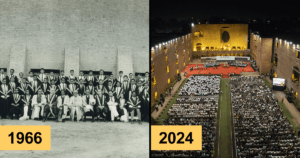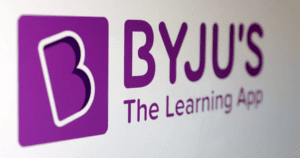When you hear the name IIM Ahmedabad, what initial words come to mind? Distinctive alumni, great placements, and outrageous packages, right? Of course, you are not wrong because, for the batch graduating in 2022, the median CTC was ₹31.49 Lakhs per annum with the highest domestic salary being ₹61.48 Lakhs per annum. Considered the best B-school in India, it’s a dream college for many students and professionals because of the dream packages it offers.
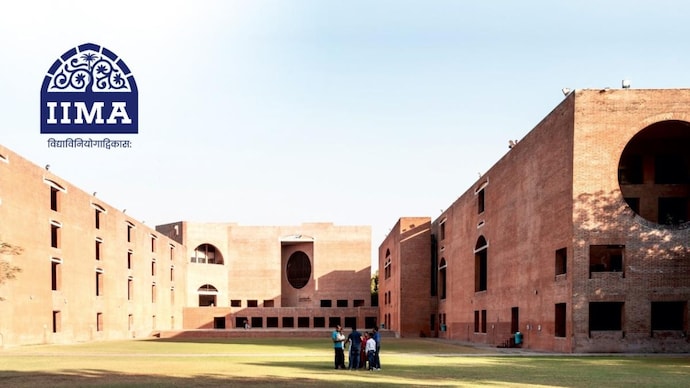
However, this was not the case in its initial years when it started its first batch in 1964. We did a little digging on the archival section of the official website and found out about the batch size and the composition, student life, and most importantly the average packages offered to the students in the initial 7 years of India’s one of the most prestigious colleges. Here’s what we found out –
1. 1966 | ₹6900 to ₹14,400 per annum
IIMA today has one of the lowest acceptance rates in the country. Only 455 out of the 3 lakh applicants for CAT make it. But for the first graduating batch, there were only 730 applicants out of which 58 joined the college. The first academic year of IIMA’s flagship two-year Postgraduate Programme (PGP) in Business Administration began on 1st July 1964. The salary range of the final placements lay between ₹6900 to ₹14,400 per annum which would have been a decent salary back then.
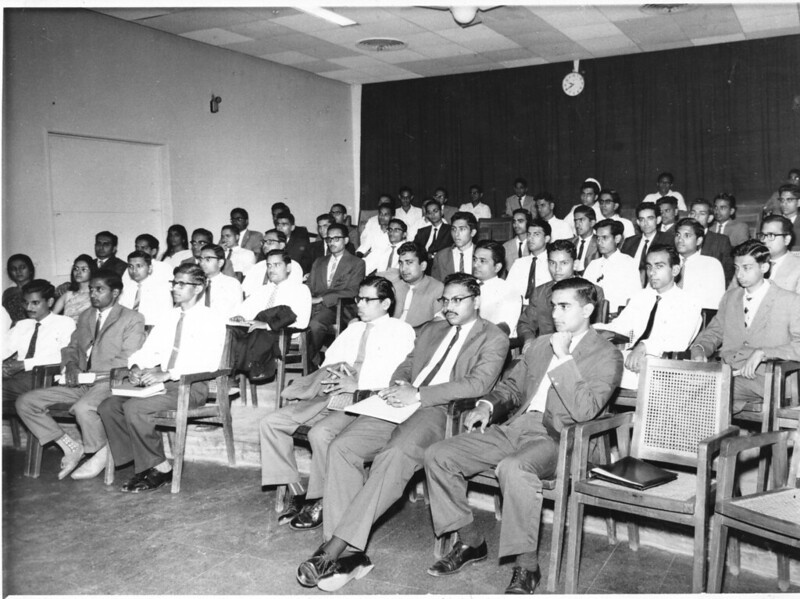
2. 1967 | ₹9,900 per annum
The batch grew in size to 76 with an average salary of ₹ 9,900 per annum. If adjusted for inflation, ₹9,900 in 1967 is equivalent to nearly ₹45,000 in 2024. Not bad for those times we presume when IIMs and management education in general were establishing their credibility in India.
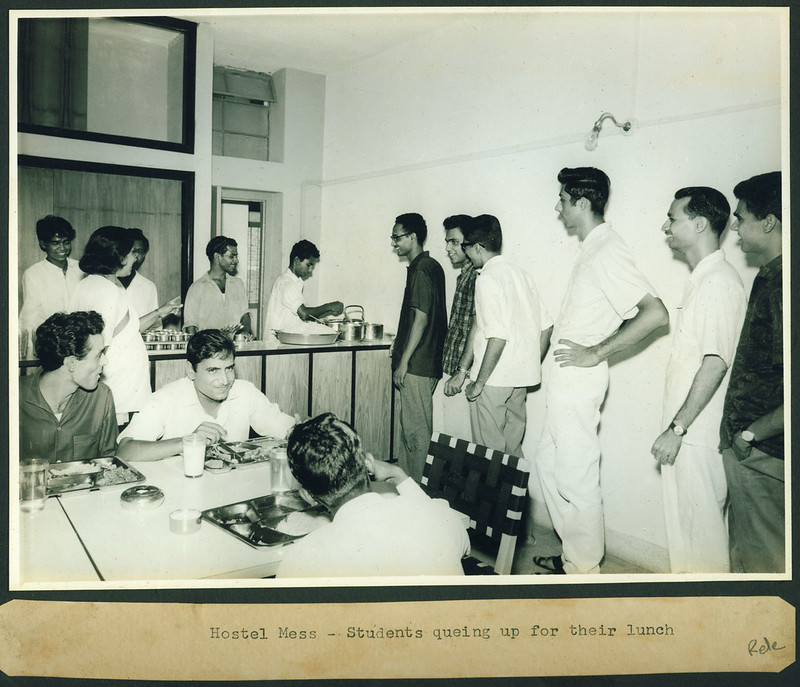
3. 1968 | ₹10,320 per annum
One of the major reasons for the establishment of the IIMs was to produce quality managers for the growing Indian PSUs. The third batch of IIMA saw 17 out of the 83 students join Public sectors which was a significant jump compared to the previous year, when only 3 had joined PSUs. The average salary was ₹10,320 per annum that year.
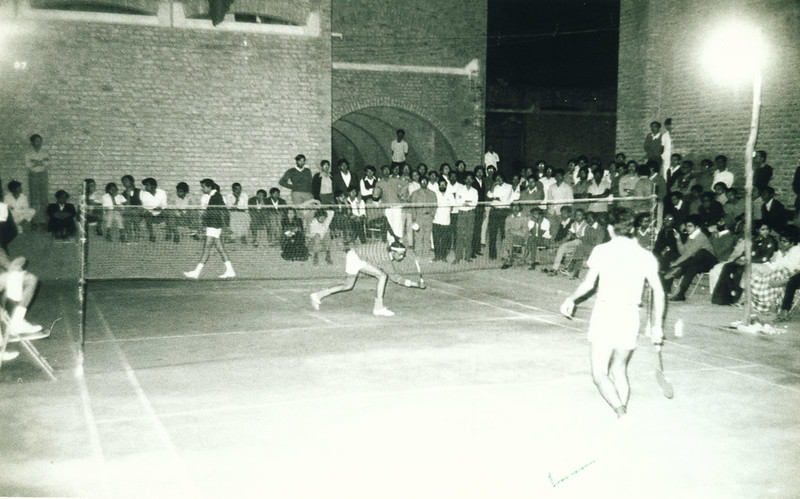
4. 1969 | ₹11,040 per annum
The first international summer internship was offered to a student from the PGP 1969 batch, based in London. This year also saw the batch size touching a hundred students, with 101 graduating with an average salary of ₹11,040 per annum.
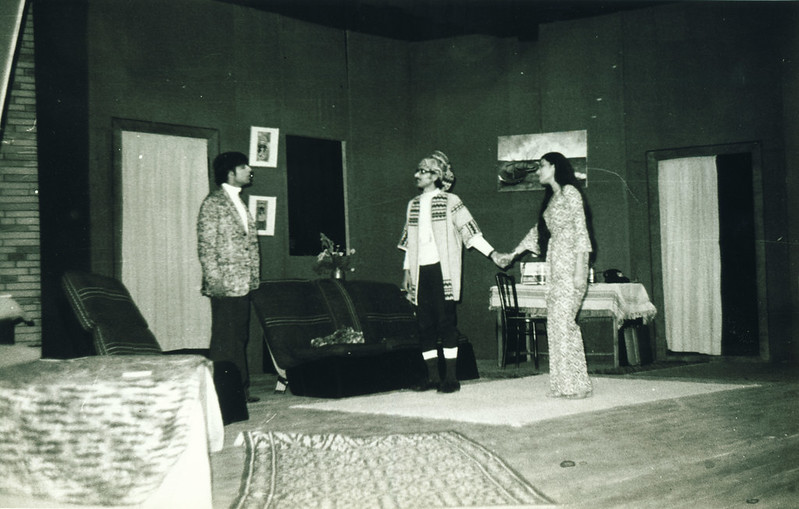
5. 1970 batch | ₹11,400 per annum
The turn of the decade saw the gradual growth of the number of students and their salaries. There were a total of 106 students who bagged ₹11,400 per annum’s worth of jobs on average. This year also introduced the Programme for Management in Agriculture (PMA), given the growing agricultural sector in India.
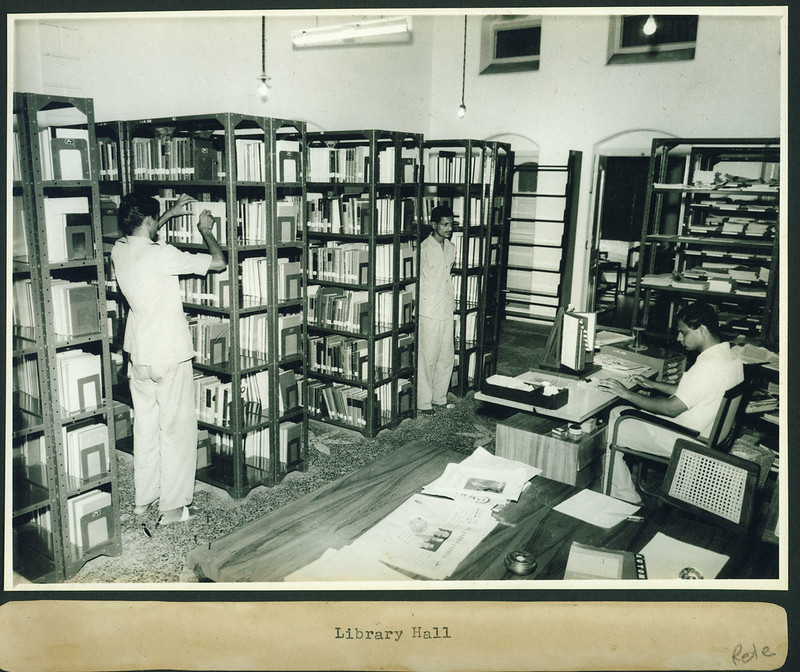
6. 1971 | ₹12,024 per annum
The trend of providing good placements continued and the packages hit the ₹1000 per month mark first time this year. 110 students of the PGP batch graduated with an average salary of ₹12,024 per annum. The first graduating batch of the one-year PMA programme also did well, with 32 students having their convocation with ₹9,900 per annum average salary. There was a great demand for the Government sector in the PMA batch, with 50% of the batch opting for them.
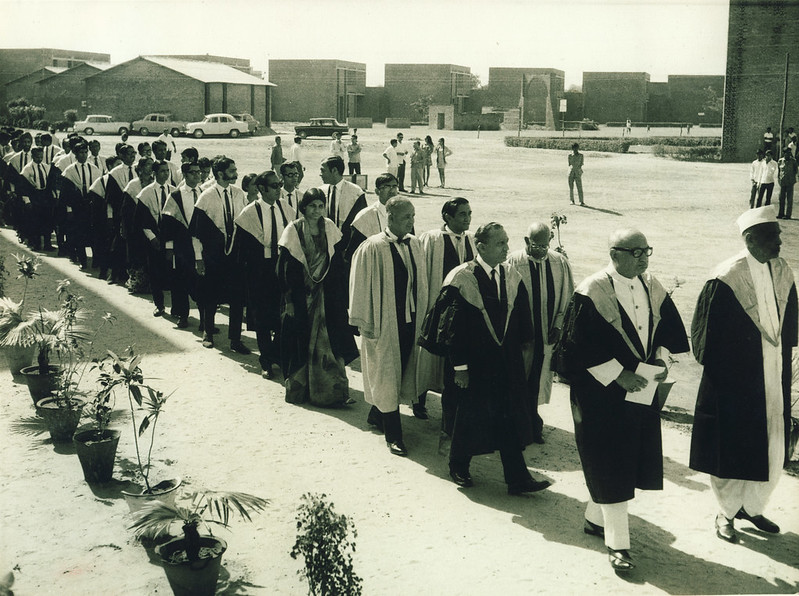
7. 1972 | ₹11,412 per annum
This was the first time there was a decline in the salary from the previous batch. Though the student number increased significantly to 121, the average salary went down to ₹11,412 per annum for the PGP batch. If adjusted for inflation, it is equivalent to nearly ₹44,000 a month in 2024. The salary still seems good according to that time even after a decline. It is a representation that IIMA managed to consistently provide a decent lifestyle for its students. The demand for jobs in the private sector was huge at this point, with 108 students opting to go for them.
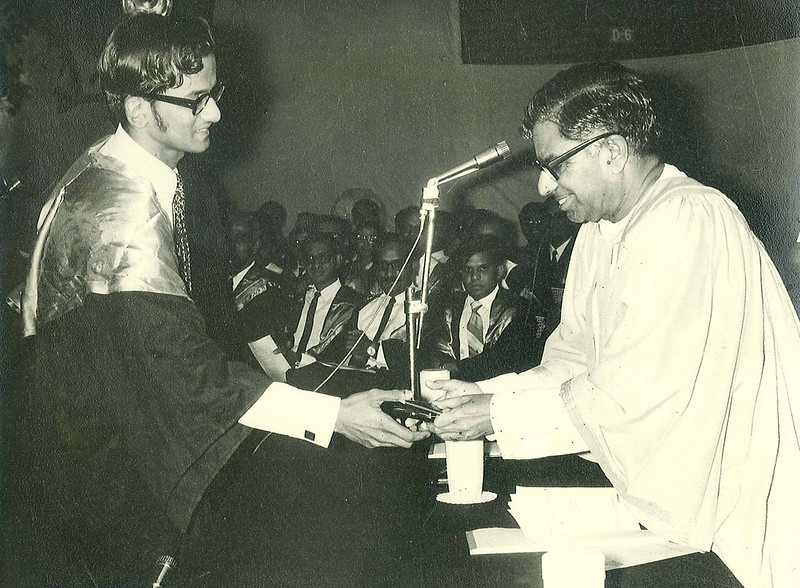
From its humble beginnings as an institute to making quality management professionals to its present status of creating future leaders, IIM Ahmedabad has surely come a long way. The brainchild of our nation builders like Jawaharlal Nehru and Vikram Sarabhai, the institute has been instrumental in shaping a newly independent India. It’s a testament to how through hard work, you can take a jump in your socio-economic class and have the life of your dreams.






